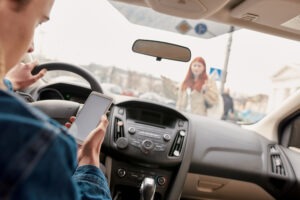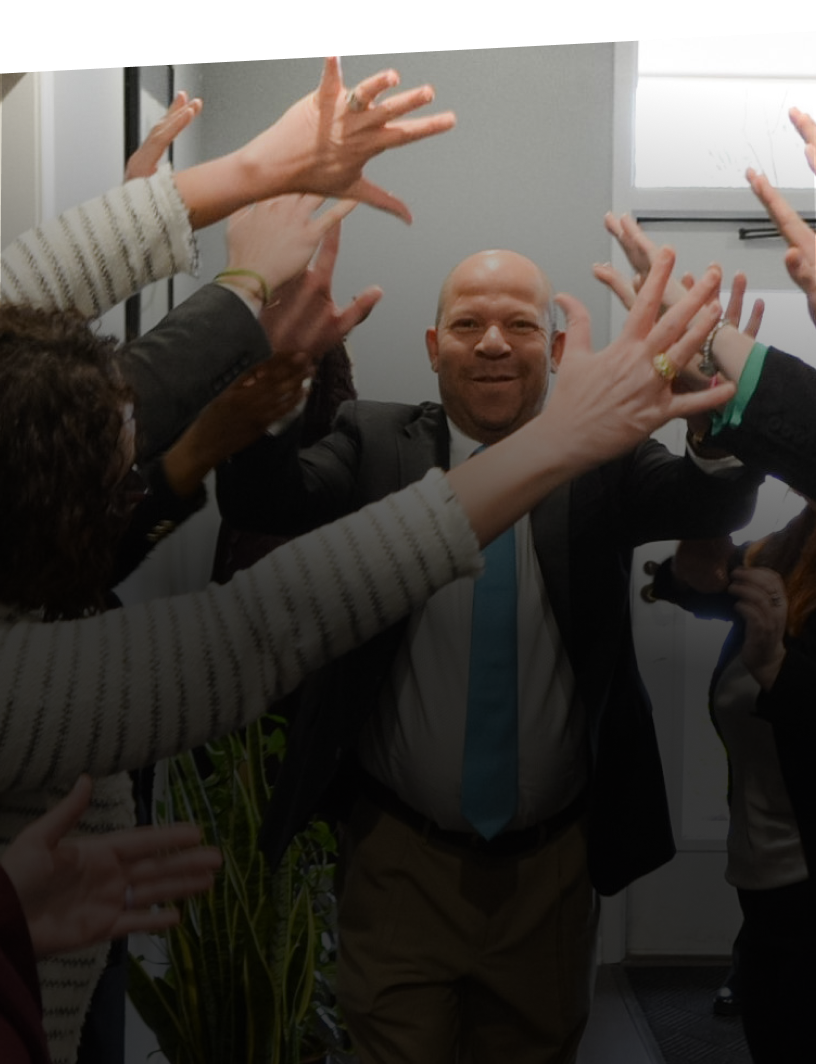
When a pedestrian is struck by a vehicle, determining who is at fault and legally liable is the most important step. However, it can be a complex process. Several factors come into play, and pedestrians are not automatically considered innocent. Working with a Michigan pedestrian accident lawyer can help ensure you are achieving liability properly.
Contributory Negligence of the Pedestrian
Pedestrians need to exercise reasonable caution when near roadways. Failing to do so may constitute negligence that contributed to the accident. Possible examples of risky behaviors include:
- Jaywalking across a street outside of a crosswalk is illegal and dangerous
- A pedestrian suddenly darting into traffic against the light leaves drivers little reaction time. Walking along highways or other unauthorized areas jeopardizes safety
- Impairment from alcohol also impairs judgment and reflexes
- Assuming all vehicles will yield
- Continually watching for oncoming traffic helps prevent collisions
- Staring at phones or listening to headphones can distract from hazards
- Dark clothing at night reduces visibility to drivers
While pedestrian negligence does not mean liable drivers should not be held accountable, it can factor into assigning shared fault and proportional damages. Sometimes it can be both the driver and pedestrian at fault. If that is the case, they will both be held liable and need to pay damages.
Your Fight Is Our Fight
Driver Negligence and Recklessness
More responsibility generally falls upon vehicle drivers, who have a legal and ethical duty to watch out for pedestrians. Possible negligent driving behaviors include:
- Speeding, especially in areas with pedestrian presence like school zones and urban centers, endangers lives
- Distracted driving from mobile devices greatly slows the reaction time of pedestrians
- Ignoring traffic signals or signs like crosswalks puts people at risk
- Drunk or otherwise impaired driving impairs judgment, focus, and reaction time needed to avoid pedestrians
- Fatigued driving has similar effects to impairment
- Reckless behaviors like weaving through traffic or skidding around corners frequently cause pedestrian impacts
Drivers are expected to operate vehicles in a safe, controlled, and attentive manner. Failing to do so often constitutes negligence or recklessness. This makes a driver primarily liable for pedestrian injuries and damages.
Investigating the Specifics of What Occurred
To assign relative liability, insurers dig into accident specifics. This is why you should have every piece of evidence that you can get. Some of the areas insurance companies will look into are the following:
- Where exactly was the point of impact? Within a marked crosswalk with a walk signal? Darting out suddenly from between parked cars? Location helps establish the right-of-way and reasonableness of behaviors.
- How fast was the vehicle traveling based on skid marks and damage? Excessive speeding suggests the driver had insufficient time to react reasonably.
- Were any traffic laws violated by either party? Police reports and local laws are reviewed for infractions.
- What were the visibility conditions at the time of the collision? Darkness, sun glare, and bad weather can influence fault.
- Did the driver attempt evasive maneuvers, brake, or horn warnings? Evidence of efforts to avoid striking the pedestrian can help determine liability.
All of these areas are something you should discuss with your attorney so you are prepared to answer the questions. Make sure to have proof ahead of time if possible. Your lawyer can help you make sure your evidence is organized.
We know how to get our clients the results they need in the toughest legal arenas.
Role of Police Investigations and Reports
Police officers responding to the accident scene conduct an important initial investigation. They interview both drivers and pedestrians to get their accounts of what happened. A police officer will make determinations if any laws were broken based on their observations.
Through investigating the area, they will document visible evidence like vehicle damage, skid mark patterns, and points of impact. They also can use more through diagrams, photos, and measurements. Their accident report concludes with an official determination of primary factors and likely proportionate liability between parties.
The report can make or break the claims processes. The more the report shows you are not at fault, the easier it may be to achieve compensation on your end. Having an experienced personal injury attorney review the police report for errors, oversights, or faulty logic can identify areas to challenge if liability seems unfair.
You will always work directly with your attorney throughout your case.
Negotiating with Insurance Adjusters
After their own internal claims investigation, the driver’s auto insurer will make a liability decision, which initiates settlement negotiations. The injured pedestrian and their attorney must assess if the insurer’s determination is reasonable based on evidence and legal standards of care. If their percentage liability assignment to the pedestrian seems exaggerated, the attorney can present an argument and evidence supporting lower or zero liability of their client.
Typically the insurer will not accept reduced liability right away. The pedestrian’s attorney should expect to go back and forth providing additional supportive facts. The goal is to land on an agreement that apportions fault between the pedestrian and driver in a way that legitimately reflects the specific details and circumstances surrounding how the accident happened.
If after multiple negotiation rounds a fair settlement remains out of reach, there are more aggressive options. These can include mediation, arbitration, or filing a lawsuit that may become necessary. But ideally, with good faith efforts, a liability compromise can be reached.
Impact on Damages and Compensation
Michigan follows a “modified comparative negligence” model. This means if the injured pedestrian was 50% or less at fault, their damages are reduced by their percentage of liability. However, if the pedestrian was 51% or more at fault, they recover no damages under Michigan law.
Liability has major implications for a Michigan pedestrian’s ability to receive fair compensation following an accident. Thorough investigation and advocacy are vital to accurately establish proportional fault. Police reports, eyewitness accounts, accident reconstruction analysis, medical evidence, and more may be needed to challenge unreasonable allegations of pedestrian negligence.
When drivers dispute or downplay clear negligence, experienced Michigan pedestrian accident attorneys know how to methodically prove legal fault based on the circumstances. Securing maximum owed compensation frequently comes down to the quality and persuasiveness of evidence each side produces. Litigators understand what it takes to demonstrate driver liability when substantial damages are on the line.
Get Help with Proving Liability with White Law PLLC
If you need help proving liability, a pedestrian accident lawyer is ready to help with your case. You need someone on your side with in-depth experience who can fight for maximum compensation. Contact us for a free consultation to see the potential of your case.
We’re Experienced. We Care.
We Exceed Client Expectations.


